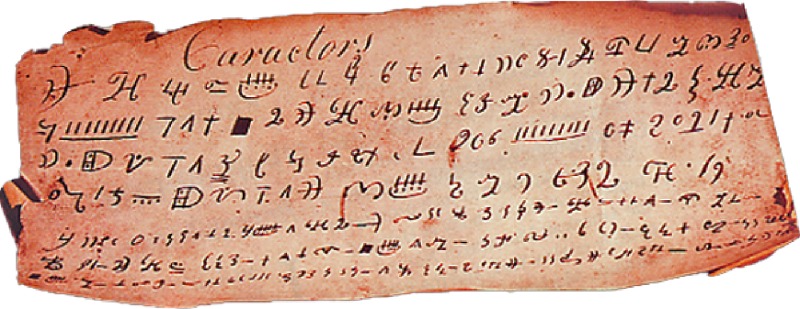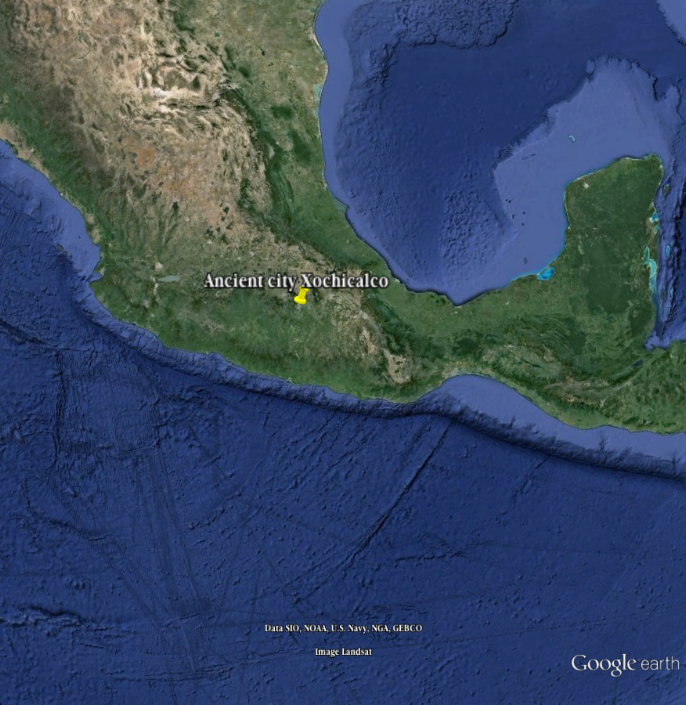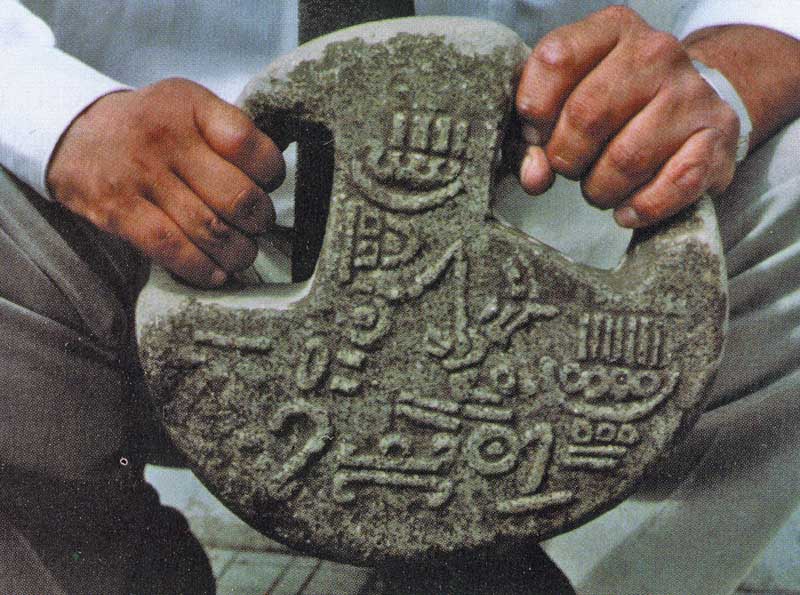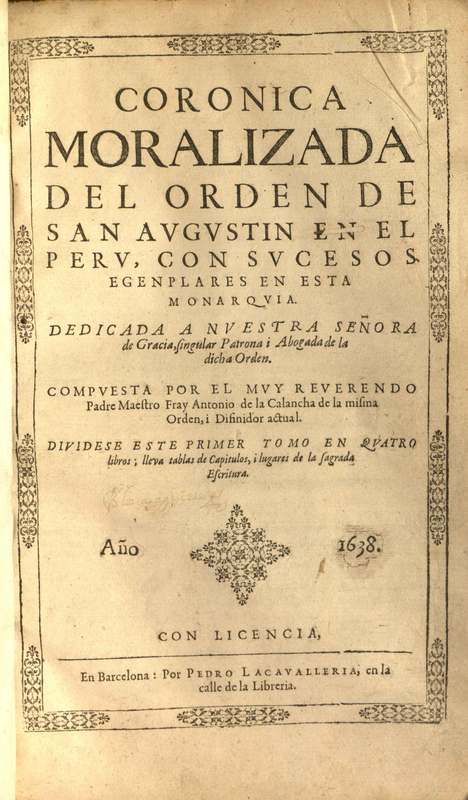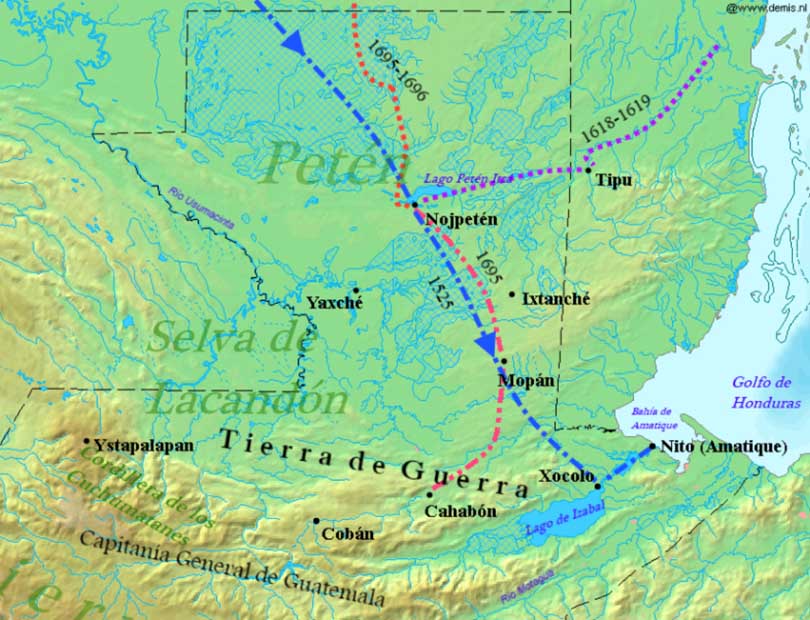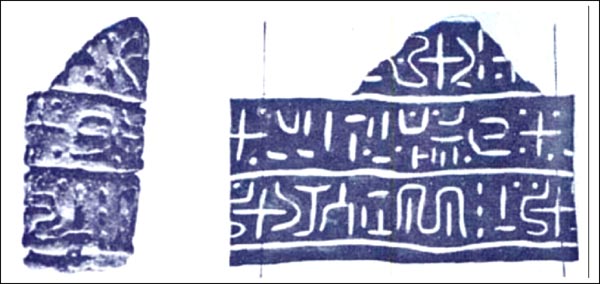Reformed Egyptian and Hebrew
"… we have written this record… in the characters which are called among us the Reformed Egyptian…."
"And if our plates had been sufficiently large we should have written in Hebrew…." (Mormon 9:32-33) 400-421 AD
---------------------------------------------------------------------
The Prophet Mormon records that they had written in the "characters" that were called "reformed Egyptian".
Some of the "Characters" of "Reformed Egyptian were copied off of the Book of Mormon plates by Joseph Smith. (The following is a picture of those copied Characters.) (This exact document was most likely a copy made by John Whitmer, from the Characters copied by Joseph Smith.)
--------------------------------------------------------------------
Why does the Book of Mormon claim that such a language, as reformed Egyptian existed in the Americas?
Why did Joseph Smith claim that he copied the above characters off of the Book of Mormon plates?
When even today the world scholars and Archaeologies outside the Church of Jesus Christ of Latter-day Saints, believe that no such language exists today nor was there any such writings that existed in the Western Hemisphere. And that the Ancient people who lived in the Americas never had or used neither any reformed Egyptian nor anything like the characters that were copied by the Prophet Joseph Smith off of the plates.
For example, the following statement was taken in 2010 from Wikipedia:
 << “No non-Mormon scholars acknowledge the existence of either a "reformed Egyptian" language or… "reformed Egyptian"…[letters or characters]….” (Wikipedia, 2010)
<< “No non-Mormon scholars acknowledge the existence of either a "reformed Egyptian" language or… "reformed Egyptian"…[letters or characters]….” (Wikipedia, 2010)
------------------------------------------------------
Is there any evidence that supports the statements both in the Book of Mormon and by the Prophet Joseph Smith that these ancient Book of Mormon people wrote in the above-copied characters, called by the Nephites, "reformed Egyptian”?
Over 120 years later, these Archaeological discoveries provides evidence that yes indeed, these ancient people did write in the same characters as copied by Joseph Smith off of the Book of Mormon plates.
<< A Stone called the "Lock"
<< The stone called the “lock” was found “…in the late 1950’s … in an ‘unofficial’ excavation of a tomb…” “in a cave, where it marked a grave”, southwest of the Rio Verde, in the area of San Pedro Amuzgos, where it borders on the state of Guerrero, Mexico. (Jerry L. Ainsworth, The Lives & travels of Mormon & Moroni, by p. 22-23, & 25)
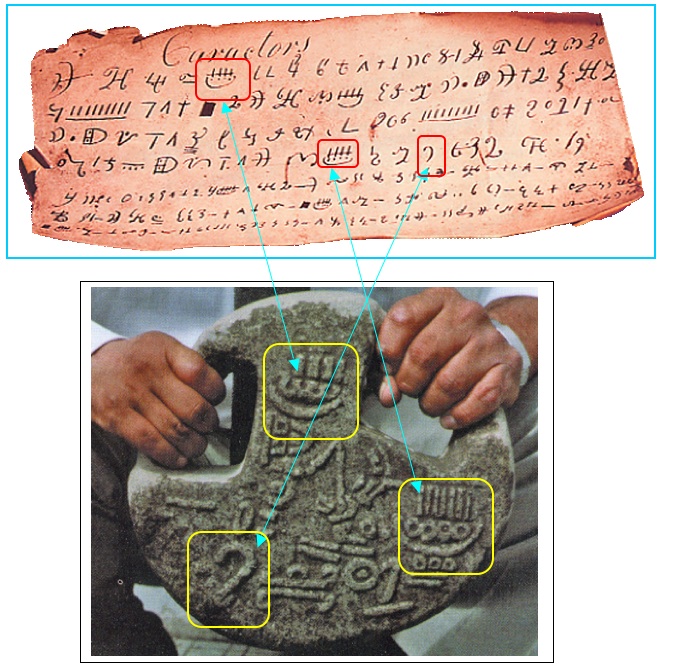 << The stone called the “Lock” has several of the same characters as the “Reformed Egyptian” characters that were copied by Joseph Smith in 1828.
<< The stone called the “Lock” has several of the same characters as the “Reformed Egyptian” characters that were copied by Joseph Smith in 1828.
----------------------
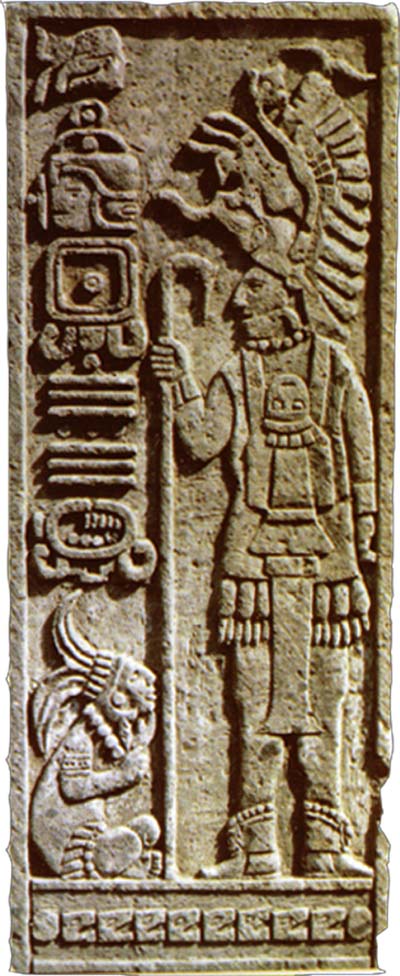 << Maya Glyph side of the Xochicalco stela stone.
<< Maya Glyph side of the Xochicalco stela stone.
<< The Reformed Egyptian side of a dual language Xochicalco carved stela stone. Found near the ancient city of Xochicalco, Mexico.
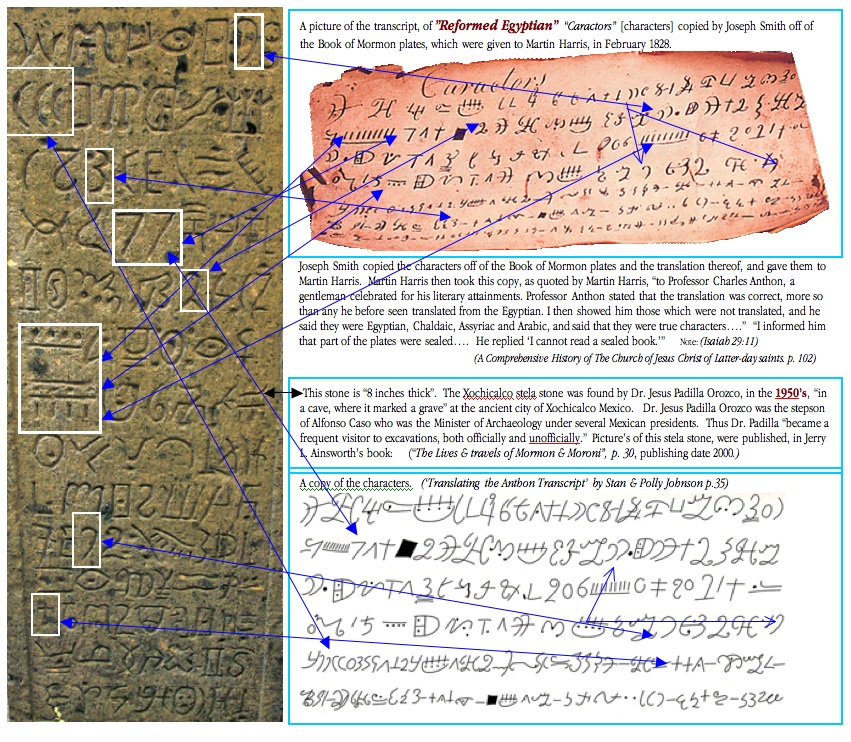 << Xochicalco stela stone carvings compared to the Characters copied off of the book of Mormon plates.
<< Xochicalco stela stone carvings compared to the Characters copied off of the book of Mormon plates.
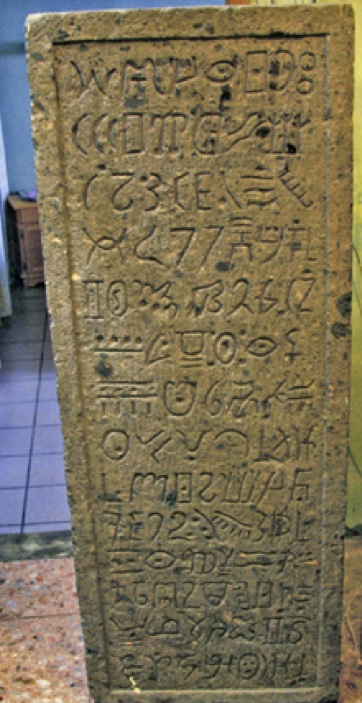 << Extra Xochicalco stela stone pictures (pdf file)
<< Extra Xochicalco stela stone pictures (pdf file)
-- Jerry L. Ainsworth - biography
----------------
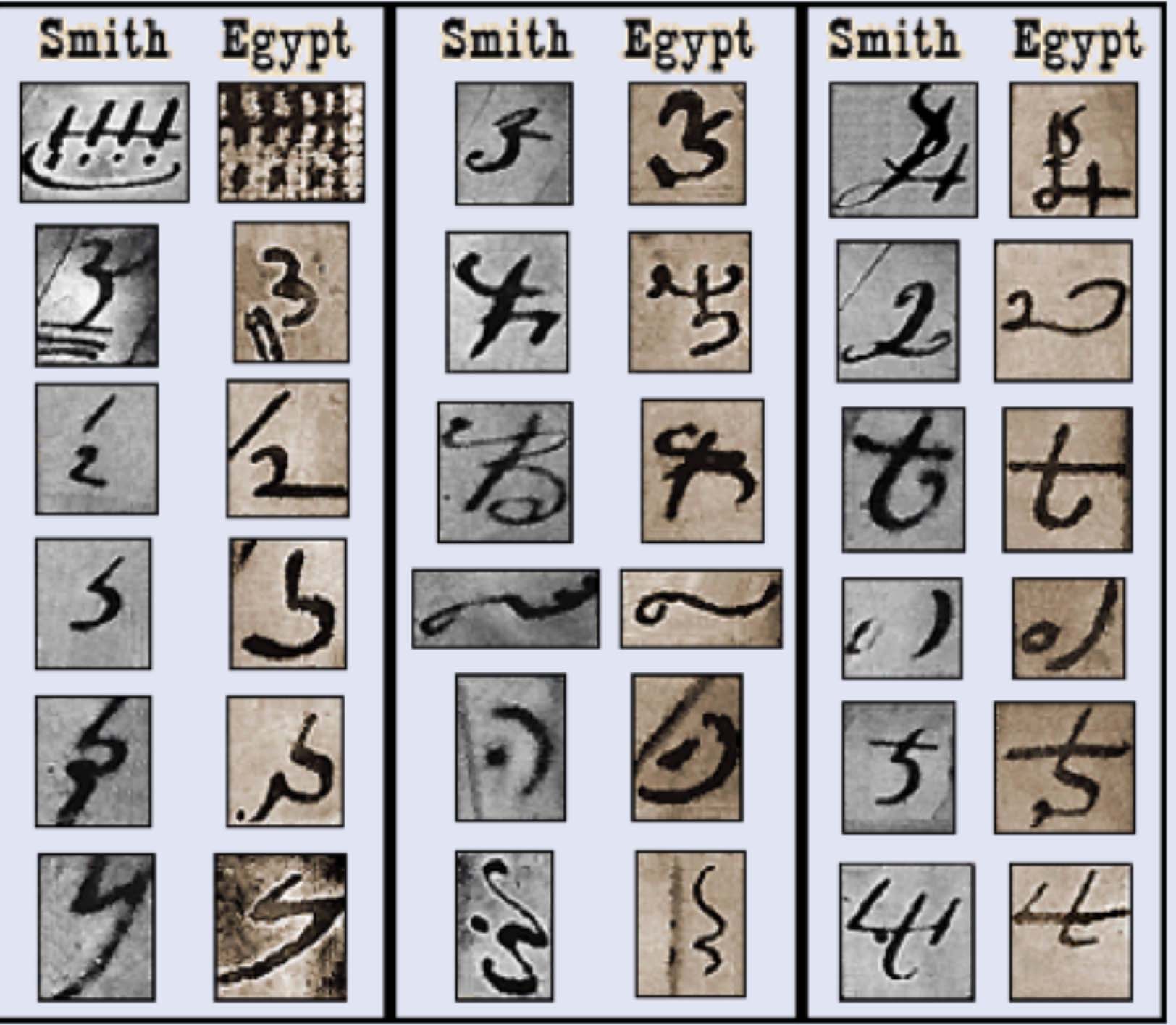 <<The Reformed Egyptian characters that were copied by Joseph Smith in 1828, compared to ancient Egyptian characters.
<<The Reformed Egyptian characters that were copied by Joseph Smith in 1828, compared to ancient Egyptian characters.
The Anthon Transcript, An Evidence for the Truth of the Prophet Joseph Smith’s account of the origin of the Book of Mormon. (Improvement Era, February. 1942, by Ariel L. Crowley)
The Anthon Transcript, An Evidence for the Truth of the Prophet Joseph Smith’s account of the origin of the Book of Mormon. (Improvement Era, January. 1942, by Ariel L. Crowley)
The Anthon Transcript, An Evidence for the Truth of the Prophet Joseph Smith’s account of the origin of the Book of Mormon. (Improvement Era, March 1942, by Ariel L. Crowley)
------------------------------------
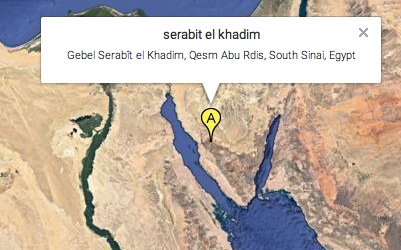 << Location of Ancient ruins at Serabit el-Khadim.
<< Location of Ancient ruins at Serabit el-Khadim.
<< This red sandstone sphinx, dated approx. 1800-1700 BC, Sir William Flinders Petrie discovered it in 1904–1905. In the temple ruins at Serabit el-Khadim, located in the Southwest Sinai Peninsula, Egypt.
Now located in the British Museum. (Mnamon, Ancient writing systems in the Mediterranean)
This statue has some of the same characters that match some of the Reformed Egyptian characters that were copied by Joseph Smith off of the Book of Mormon plates.
 << Serabit el-Khadim, comparing Characters
<< Serabit el-Khadim, comparing Characters
Some of the Reformed Egyptian characters that were copied by Joseph Smith off of the Book of Mormon plates, match the Serabit el-Khadim characters.
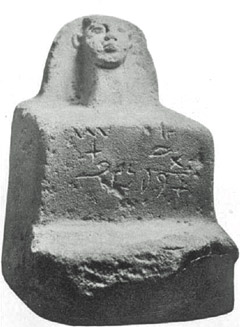 << Statue from Hathor temple of Serabit el-Khadim, dated approx. 1850-1550 BC
<< Statue from Hathor temple of Serabit el-Khadim, dated approx. 1850-1550 BC
"A few kilometers Serabit el Khadem, in the Wadi el Mukattab valley, many rock walls are engraved with a lot of [writings]. They were photographed for the first time by Francis Frith in 1857. These inscriptions are among the first signs of proto-Sinaitic alphabet, which is derived from the Phoenician alphabet." (Mnamon, Ancient writing systems in the Mediterranean)
This statue also has some of the same characters that match some of the Reformed Egyptian characters that were copied by Joseph Smith off of the Book of Mormon plates.
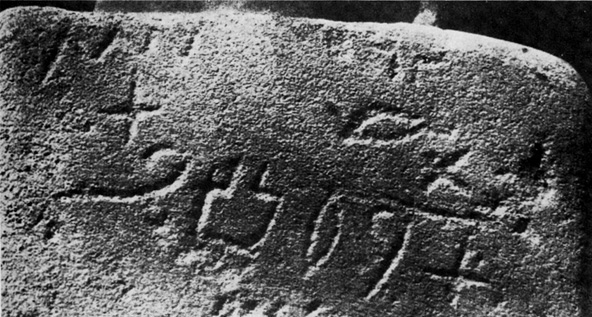 << Zoom in on the Statue from Hathor temple of Serabit el-Khadime
<< Zoom in on the Statue from Hathor temple of Serabit el-Khadime
Note: Some of these ancient characters match the Reformed Egyptian characters that were copied by Joseph Smith off of the Book of Mormon plates.
------------------------------------
Is there any evidence that these Book of Mormon, pre-Columbus, Western Hemisphere people, also wrote in Hebrew? Yes!
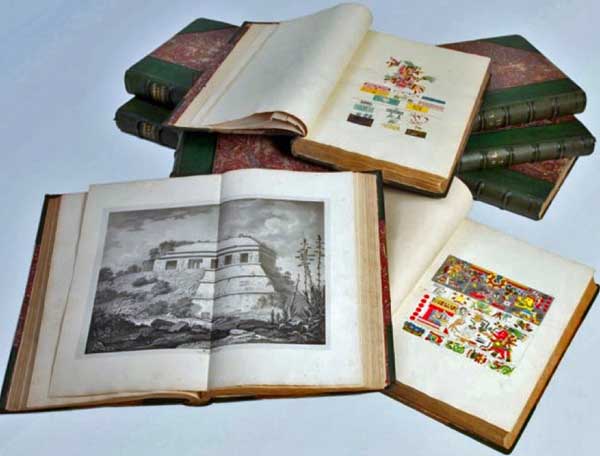 "Malvenda says, that the natives of St. Michael had tombstones, which the Spaniards digged up, with several ancient Hebrew characters upon them, as, "Why is God gone away?" and "He is dead, God, knows."" (The Writings of Fray Benardino de Sahagan Vol. No. 8 p.373 Antiquities of Mexico by Lord Edward Kingsborough)
"Malvenda says, that the natives of St. Michael had tombstones, which the Spaniards digged up, with several ancient Hebrew characters upon them, as, "Why is God gone away?" and "He is dead, God, knows."" (The Writings of Fray Benardino de Sahagan Vol. No. 8 p.373 Antiquities of Mexico by Lord Edward Kingsborough)
---------------------
Lehi's family came from Jerusalem, the land of Israel at about 600 B.C. They spoke and wrote in Hebrew. Another group of people, the Mulekites, also came from the land of Israel.
Therefore, it should be of no surprise to find in the Western Hemisphere Pre-Columbus Hebrew writings.
Pre-Columbus Hebrew and Greek letters discovered in Peru.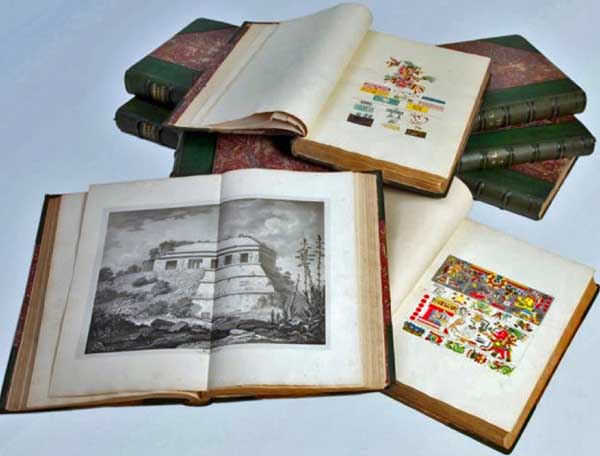 "... Two other stones containing inscriptions in Hebrew and Greek letters, are stated by Colancha, on the authority of Brother Raymond Urtado to have existed in the neighborhood." (Chronicle of the Order of Saint Agustine in Peru)
"... Two other stones containing inscriptions in Hebrew and Greek letters, are stated by Colancha, on the authority of Brother Raymond Urtado to have existed in the neighborhood." (Chronicle of the Order of Saint Agustine in Peru)
<< Coronica Moralizada
"…Calancha when explaining, at page 32 of his Chronicle of the Order of Saint Augustine in Peru, a curious inscription discovered upon a rock in Calango, a place situated at the distance of fifteen leagues from Lima, an engraving of which is inserted in his work. This inscription consisted of a row of letters, either alphabetically or numerically employed and horizontally carved in the rock…the stones containing inscriptions in Hebrew and Greek letters, are stated by Calancha, on the authority of Brother Raymond Urtado, to have existed in the neighborhood, who further adds, "They tell me that in the year 1645, the Licentiate Duarte Fernandez, the visitor of the archbishop ordered these letters to be defaced…" (Antiquities of Mexico VIII 25 Kingsborough)
[“Even in the...1840’s...Kingsborough’s works had not reached America."]
<< In the province of Petén, to the south of Yucatan, the Spaniards, during their expedition [marked in red] of 1696 found books written in Hebrew. Books Written in Hebrew
---------------------
Pre-Columbus Hebrew
---------------------
Christopher Columbus recorded in his Journal the following:
"… here they [men with Columbus] found a man who had a piece of gold in his nose, the size of half a castellano, on which they saw letters." (Journal of Christopher Columbus, 1st Voyage, 1492-1493, p. 50)
--------------------------------------------------------------------
"Padre Gay mentions that the Mixtecan Indians "sold to some European antiquarians, very thin plates of gold, evidently worked with the hammer, which their ancestors had been able to preserve, and on which were engraved ancient hieroglyphs." (Marshall H. Saville, The goldsmith's art in ancient Mexico, 1920, p.175)
--------------------------------------------------------------------
Pre-Columbus writings resembling an Arabic, Hebrew or Aramaic alphabet.
Ramon Bueno, Franciscan a [Catholic] missionary in La Urgana (1795-1804)
"…in the Indian village of Uruana, or Urbana, as far as the western banks of the Caura. A missionary, Ramon Bueno, a Franciscan monk, having accidentally entered a cavern…saw what he believed to be characters formed into various groups, and ranged on the same line…some resemblance to the Phoenician alphabet…" [Arabic, Hebrew and Aramaic alphabet]” (Researches concerning the institutions and Monuments of the Ancient inhabitants of America V.1 by Alexander von Humboldt, p. 153-154)
 << [A sample of the characters written on a large granite rock.]
<< [A sample of the characters written on a large granite rock.]
"...characters... copied... off of a large granite rock at the Indian town of d'Uruana one Urbana jusquaux western shores of the Caura." [Venezuela Mexico.] (Kingsborough Vol. 5 p. 7) & (Historical researches on the conquest of Peru, Mexico...)
--------------------------------------------------------------------
The written Language of the Jaredites.
There are three written languages talked about in the Book of Mormon, "Reformed Egyptian", "Hebrew", and the written language of the Jaredites.
As recorded in the Book of Mormon the people of King Limhi found “twenty-four plates with engravings,” on them.
These older ancient Jaredite engravings or writings were unknown to the Nephite people. Consequently, the Nephites could not read them. (Mosiah 8: 8-12)
Are there any older Western Hemisphere Archaeological discovered writings that date back to the "Jaredite" time period? Yes.
This Ancient “Tlatilco, cylinder roller-stamp seal”, was found at the ancient city of Tlatilco, Mexico in 1948.
It was deposited in “Olmec material”, encased in a large lump of clay.
Archaeologists date this stone 1,000 B.C. to 500 B.C. (Book of Mormon time period.)
(This stamp is round cylinder of 8.5 cm long and 3.5 cm. in diameter.)
<< Tlatilco cylinder roller
(American Antiquity, Vol. 31, No. 5, 1966)
------------------------------------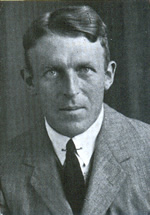 The Maya scholar, Eric Thompson, writes, “Middle America is the only part of the new world in which a system of embryonic, [or the beginning stages of], writing developed.” (Thompson 1966:189)
The Maya scholar, Eric Thompson, writes, “Middle America is the only part of the new world in which a system of embryonic, [or the beginning stages of], writing developed.” (Thompson 1966:189)
----------------------
Various written languages were used in Mesoamerica during the Book of Mormon time period as thus recorded in the Book of Mormon.
----------
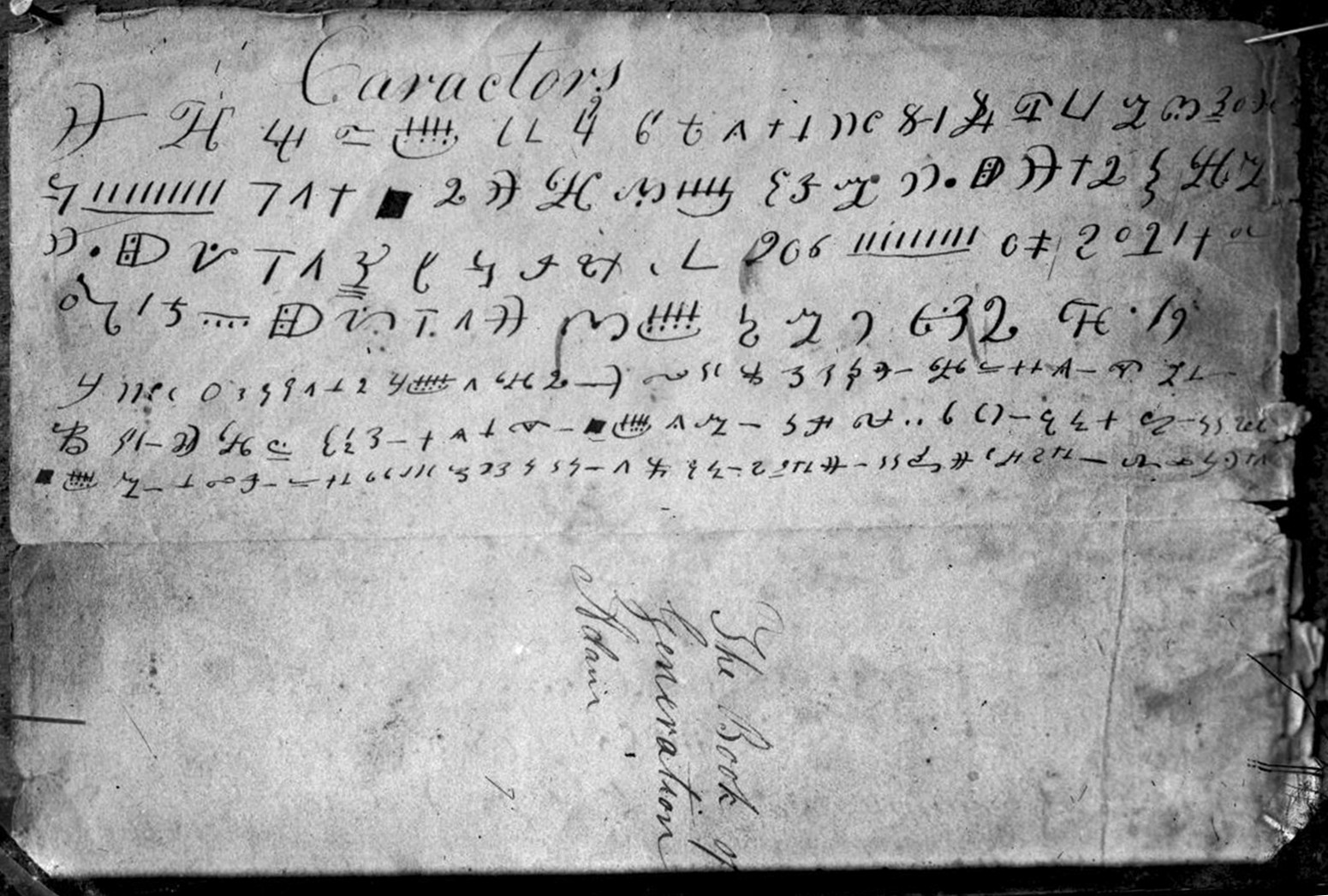 << A Photo of the characters was taken before 1886
<< A Photo of the characters was taken before 1886
(Existing section of leaf, measuring 3¼ × 8⅛ inches (8 × 21 cm))
The word "Caractors" [was in the] "handwriting of John Whitmer" and the "characters [were] probably also in John Witmer's handwriting." (The Joseph Smith Papers)
Written on the back of this copy is the word "Genuine"
-----------
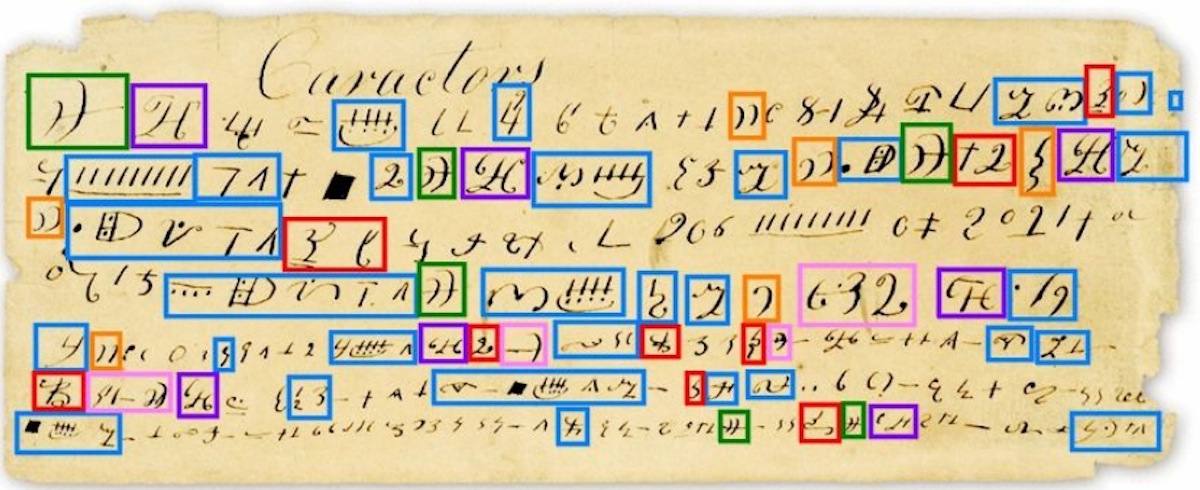 Translation of the "Caractors" Document, (by Jerry D. Grover, Jr. - PDF Download)
Translation of the "Caractors" Document, (by Jerry D. Grover, Jr. - PDF Download)
-----------
Additional Information:
... Did Ancient Israelites Write in Egyptian? (Book of Mormon Central, #4) (1:50 min.)
Why Did Mormon and Moroni Write in Reformed Egyptian? (Book of Mormon Central, #513) (3:13)
Archaeological evidence for Egyptian writing by Israelites in Book of Mormon times, (Book of Mormon Central, # ) (3:42 min.)
-----------
Questions and Answers about the Xochicalco Stella Stone and the Stone called the Lock.
...
...
